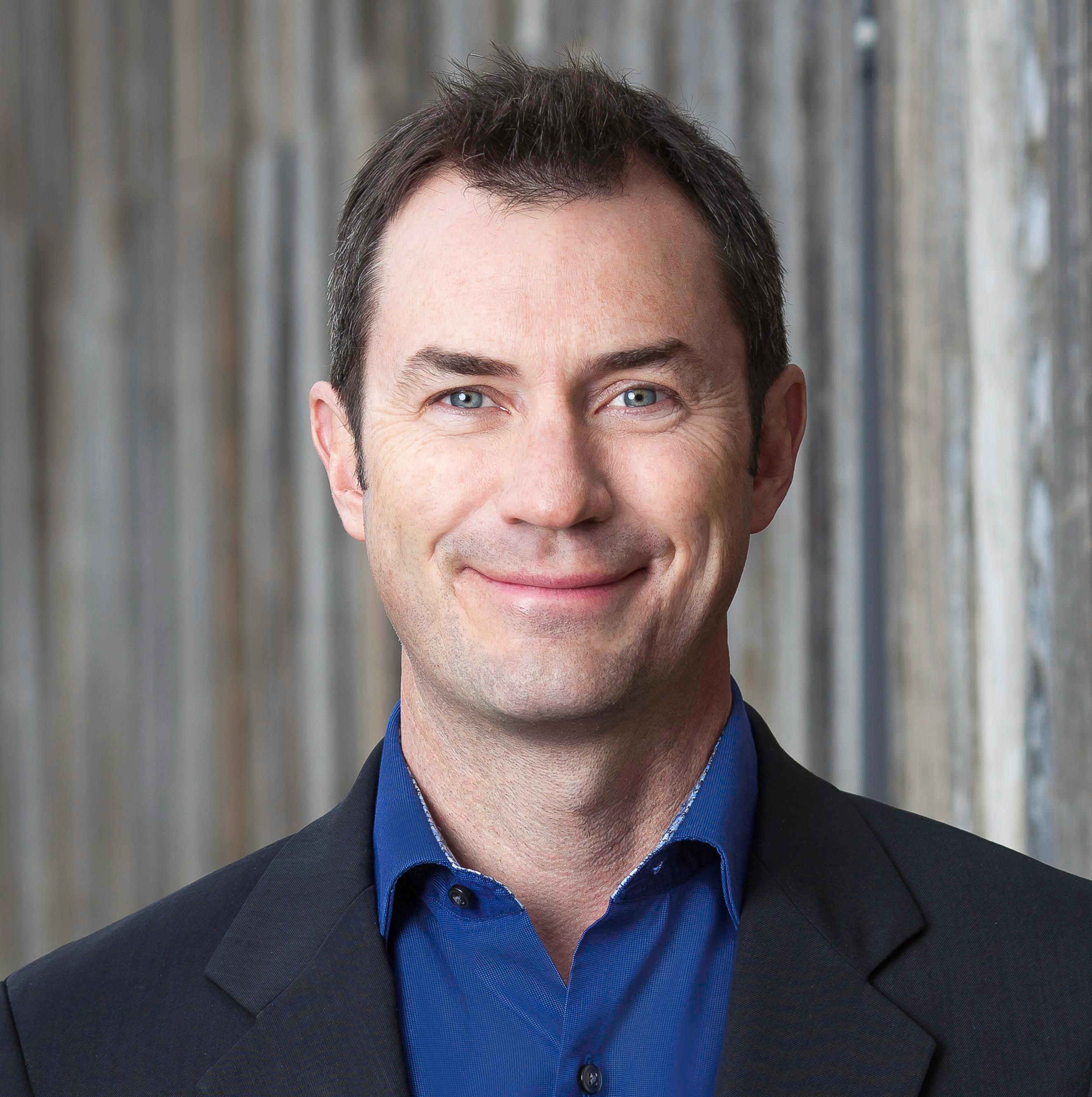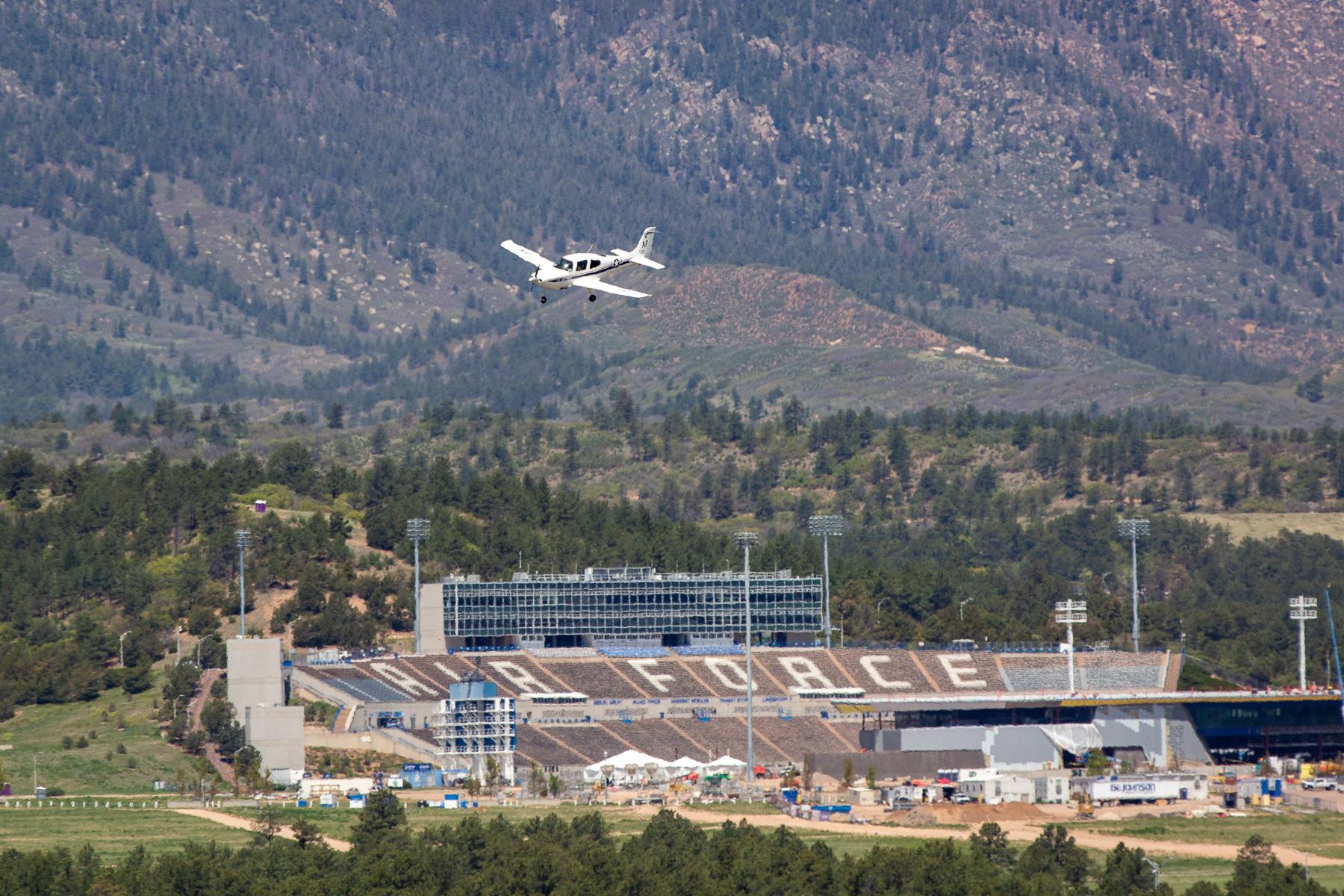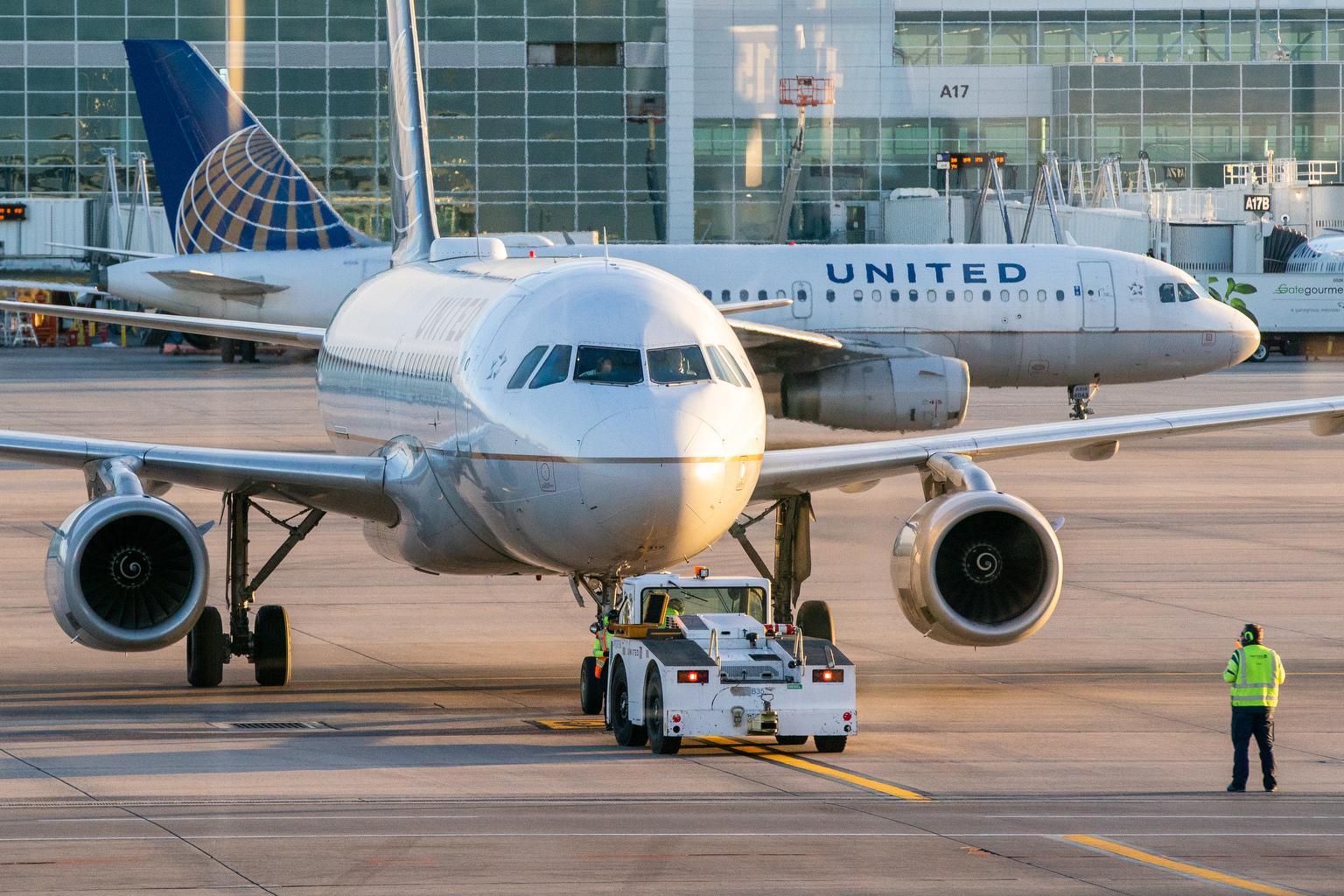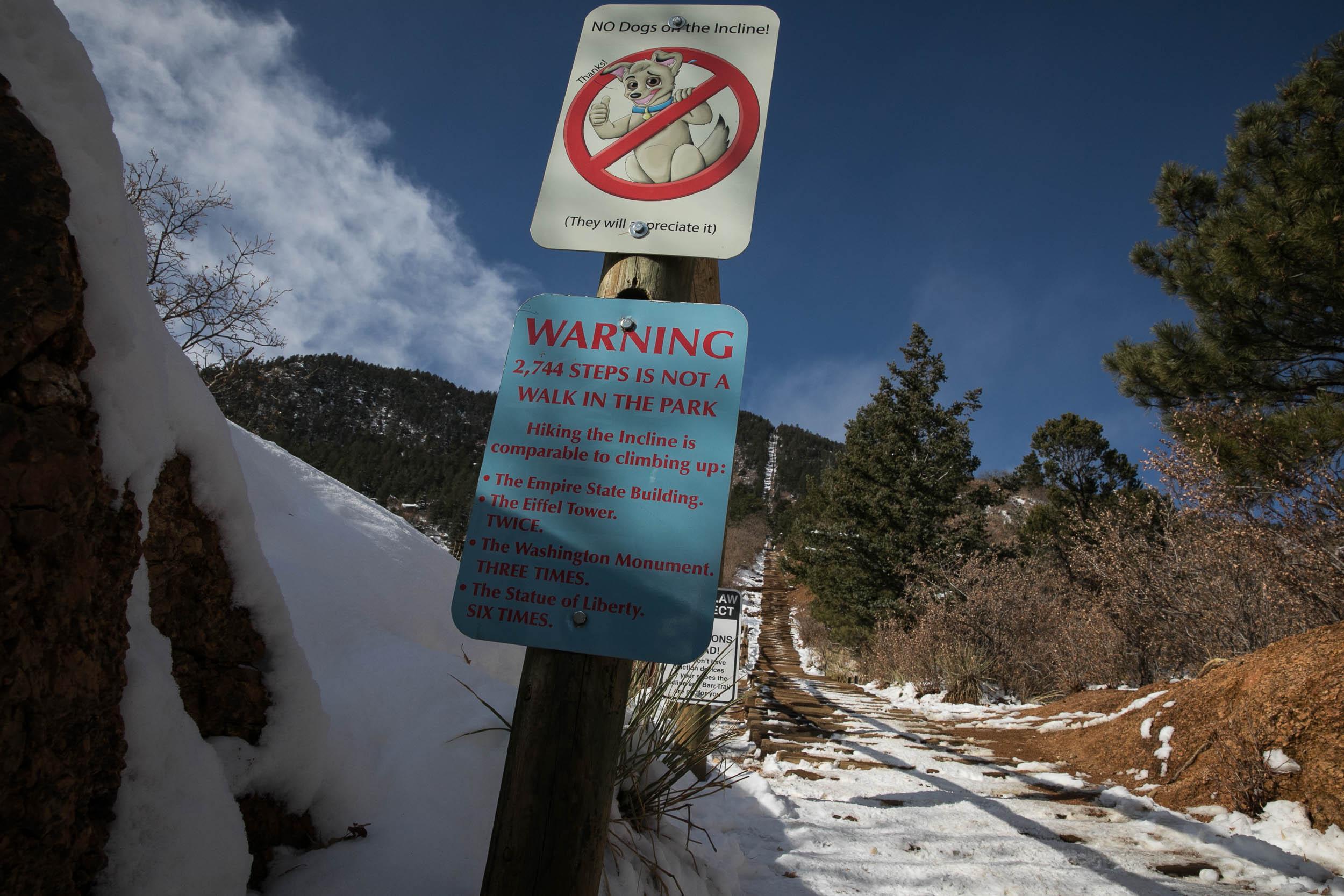COYOTE CREEKWHAT IF you were to take one small stretch of soil and explore the story of people and nature there over as long a span of time as the scientific and historical evidence would allow? What could you learn about that place — and what, in turn, could that tiny corner of the earth reveal about broader patterns of human-environment interaction across time and space? From Henry David Thoreau and Aldo Leopold to William Cronon and Terry Tempest Williams, this exercise of attending closely to little pieces of the planet has propelled nature writers, environmental historians, and kindred spirits to produce microhistories of place that fulfill William Blake’s injunction “to see a world in a grain of sand.”
In recent decades, though, scholars have increasingly treated small- scale investigations as passé, implicitly rebuking them as too parochial to shed much light on the urgent global predicaments confronting humanity. Historians in particular have dramatically expanded the scales on which their analyses unfold. Big history, transnational history, global history, and planetary history: since the 1980s, these buzzwords and the trends they signify have reshaped our understanding of the past by ex- posing the ligatures and interconnections that bind seemingly disparate peoples, places, and processes into larger patterns of change. Given the stunning insights that these broader-scale approaches are generating, it may seem quaint to devote an entire book to a tiny, seemingly insignificant speck of the globe. I want to convince you, however, that attending to small places remains not just worthwhile, but more important than ever as we contemplate the vexed relationships between humanity and the natural systems on which our lives continue to depend in this age of escalating environmental anxiety.
Coyote Valley relates the story of people, nature, and history in one little-known place from its emergence in the last Ice Age—an epoch geologists have long known as the Pleistocene—through the Anthropocene—the current era in which skyrocketing concentrations of greenhouse gases in the earth’s atmosphere are posing potentially catastrophic threats to our planet’s climate, ecology, and human populations. The central character throughout these pages is not a person or group of people, nor is it an institution, an idea, or a process. Instead, this book tells the tale of the Kawuneeche Valley, a small, high trough perched just below the source of the Colorado River on the western side of Rocky Mountain National Park, about a hundred-mile drive northwest of Denver.
For millennia, this wondrous but formidable stretch of the Colorado high country has figured as a place of vital importance to small and mostly transitory groups of people who have left few archaeological or historical vestiges. But there is more to this place than meets the eye, as the stories behind two of the many names this part of the Rockies has borne over the eons suggest. In 1921, the U.S. Congress bestowed a new moniker on the magisterial stream that coalesces at the valley’s head: the Colorado River. When American explorers and settlers first penetrated the Rocky Mountains in the early 1800s, they borrowed place names from the French-speaking fur trappers who preceded them. The newcomers called the lake at the Kawuneeche’s southern edge Grand Lake, after the French grand or “big.” Thereafter, the stream that flowed out of the lake and beat a swooping path toward the Gulf of California became known as the Grand River. When miners and homesteaders first began to push northward from Grand Lake into the valley above, they christened the stream that snaked along its floor the North Fork of the Grand.
Colorado representative Edward Taylor revolutionized the way his fellow Americans thought about how water coursed—and thus how power flowed—in the arid interior of the western United States by convincing his colleagues in Washington to forever banish the Grand River from the American map and extend the Colorado River all the way to the head of the Kawuneeche Valley. For many decades, American cartographers had insisted that the Colorado River started in eastern Utah, where the waters of the Green and Grand Rivers joined forces. Taylor’s legislative triumph, though, suddenly extended the Colorado River several hundred miles eastward. Much to the dismay of many Utahns and Wyomingites, the lifeline of the Southwest thereafter originated not in the canyon country of the Colorado Plateau, but instead at the head of the stream hitherto known as the North Fork of the Grand. Today, you can still trace the source of the mighty, mightily troubled Colorado River to its burbling headwaters by driving and hiking into Colorado’s Rocky Mountain National Park, which was established in 1915 when President Woodrow Wilson signed into law a bill cosponsored by Edward Taylor.
At the dawn of the twenty-first century, the Colorado’s descent from the Kawuneeche through the canyons of the Colorado Plateau and across the southwestern deserts to the Gulf of California might seem to offer a perfect metaphor for the ecological fall from grace resulting from the American conquest of the arid West. Environmentalists, scientists, rafters, writers, and many others have spent more than half a century lamenting the once-wild Colorado’s domestication and defilement. At first glance, this narrative of environmental decline appears to map remarkably well on to the river’s actual course. At its source, the Colorado rages strong and unchecked through the Kawuneeche, a valley that strikes most visitors as a timeless wilderness: a place unsullied by human hands and maintained in its primeval state by the U.S. National Park Service. After reaching Grand Lake, though, the Colorado begins to veer downhill rapidly—figuratively as well as literally. The river, many critics contend, has been reduced to a mere instrument of human will. Dammed up, si- phoned off, and frittered into oblivion, this wellspring of the runaway development that has enveloped so much of the western landscape seems to embody a tragic story in which we squandered the land’s Edenic promise.
Likening the course of American environmental history to the Colorado’s descent from the Rockies to the sea, though, is neither accurate nor helpful. Even at its headwaters, the Colorado River is no paragon of the pristine. The Kawuneeche may strike present-day visitors as a redoubt of wild nature, but for at least the last thirteen millennia, the valley has been an inextricably peopled landscape. Instead of retelling a just-so tale of ecological ruination, then, Coyote Valley instead tells the story of a place that has more contradictory—and also more useful and mysterious—lessons to teach us about wilderness, civilization, and the course of American environmental history.
Excerpt from "Coyote Valley: Deep History in the High Rockies" by Thomas G. Andrews. Copyright © 2015 by the President and Fellows of Harvard College. Used by Permission. All rights reserved. |









